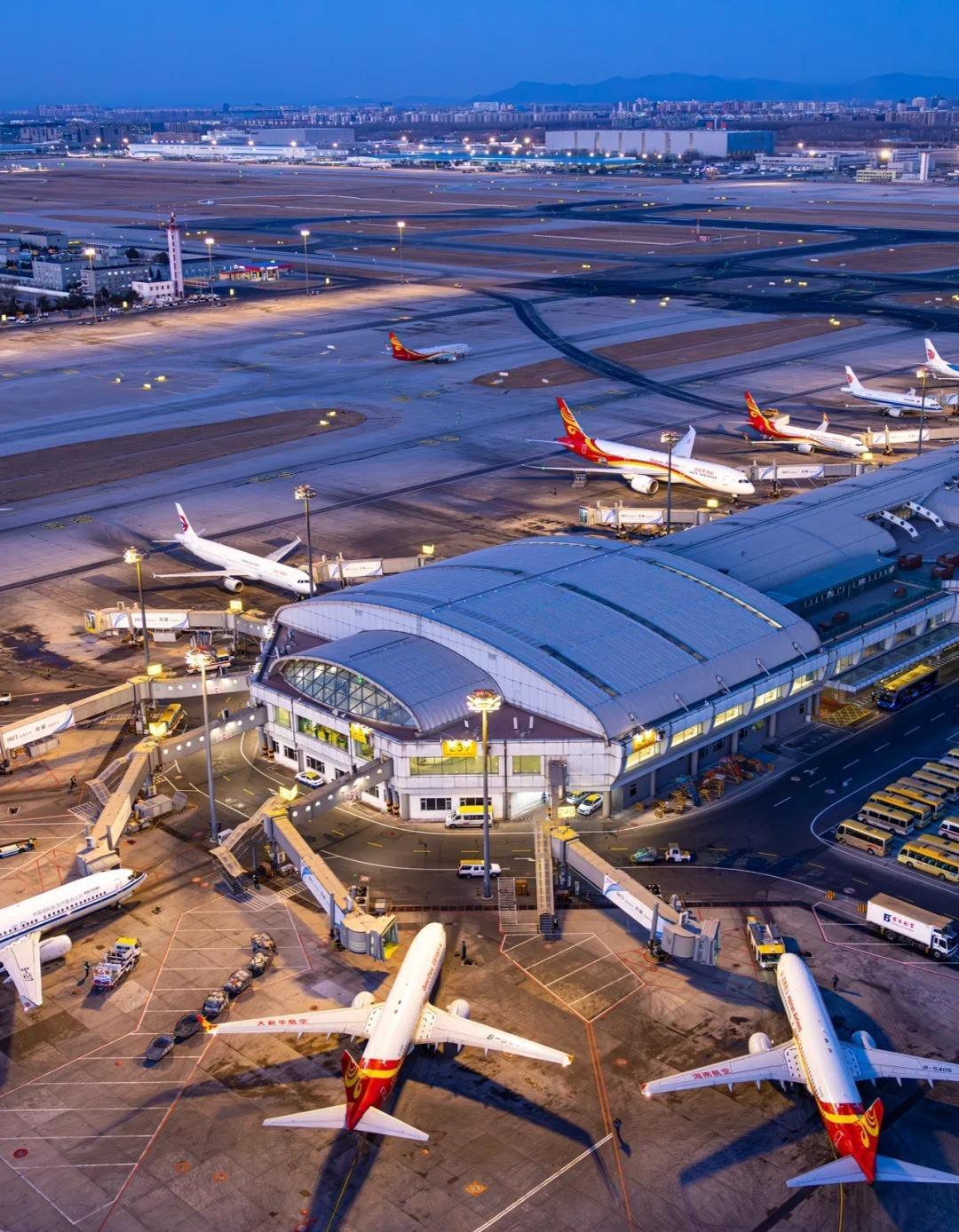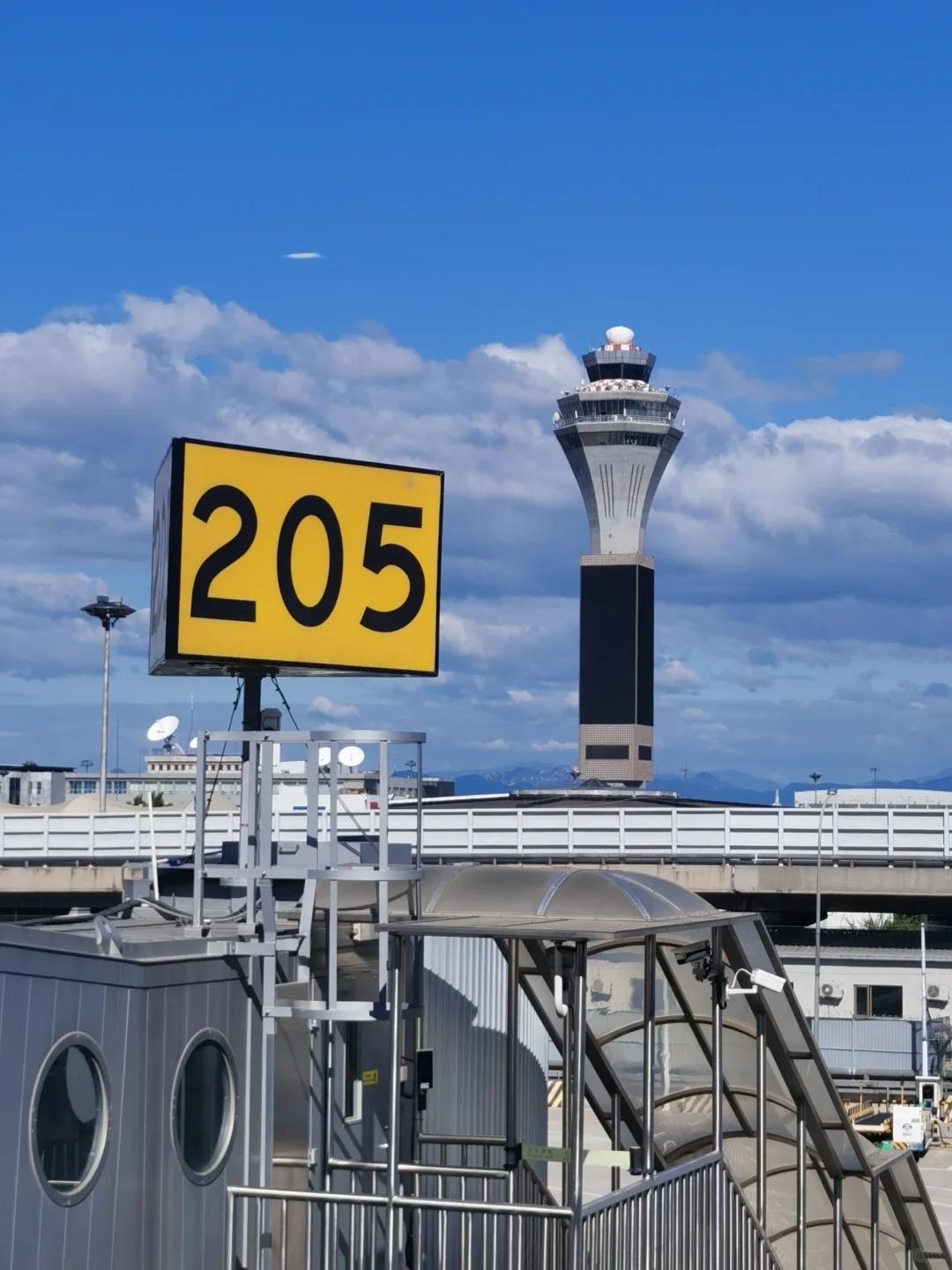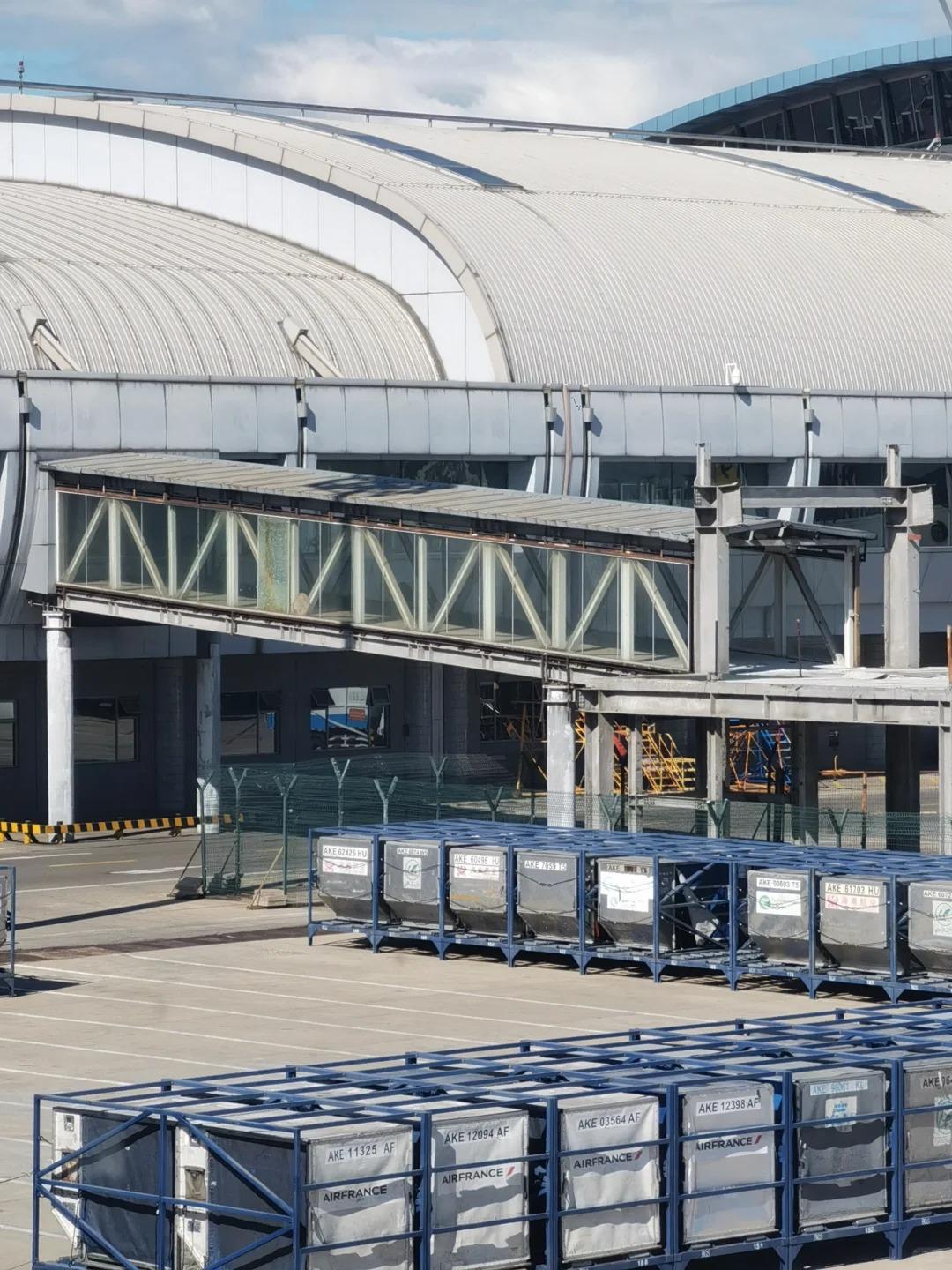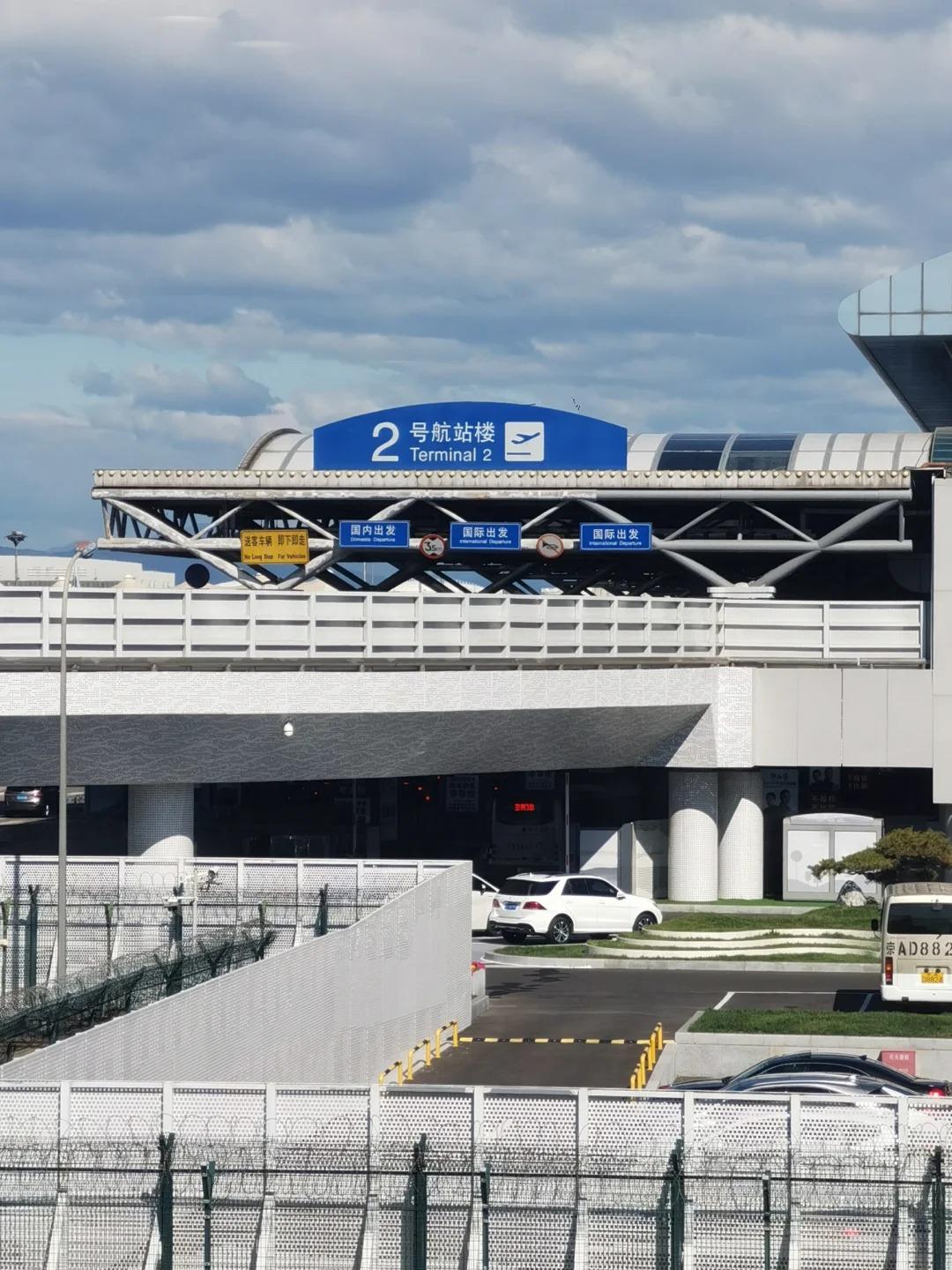Introduction to Beijing Capital International Airport (PEK)
Beijing Capital International Airport (PEK) stands as a testament to China’s rapid modernization and its growing influence on the global stage. Opened in 1958 and significantly expanded over the decades, PEK has become one of the busiest airports in the world.
Key statistics highlight PEK’s impressive scale:
| Metric | Value (as of 2023) |
|---|---|
| Annual Passenger Volume | Over 80 million |
| International Routes | 150+ |
| Domestic Routes | 200+ |
As China’s primary international gateway, PEK plays a crucial role in connecting the nation to the world, facilitating business, tourism, and cultural exchange on an unprecedented scale.

Airport Layout and Terminals
PEK boasts three main terminals:
- Terminal 1: The oldest, serving primarily domestic flights
- Terminal 2: Handles both domestic and international flights
- Terminal 3: One of the world’s largest airport terminals
Terminal 3, opened in 2008 for the Beijing Olympics, is a marvel of modern architecture. Its dragon-inspired design and vast spaces showcase China’s ambition and technological prowess.
Inter-terminal transportation is efficient, with free shuttle buses operating 24/7 between all terminals.

Transportation to and from PEK
PEK offers multiple transportation options to suit various preferences:
- Airport Express Train:
- 20-30 minute journey to Beijing city center
- Stops at Dongzhimen and Sanyuanqiao stations
- Public Buses:
- Numerous routes connecting to different parts of Beijing
- More economical but time-consuming option
- Taxis and Ride-hailing:
- Convenient but can be expensive during peak hours
- Official taxi stands available at each terminal
For those driving, ample parking facilities are available, and major car rental companies operate at the airport.

Facilities and Services at PEK
PEK offers a wide array of amenities to ensure a comfortable travel experience:
- Lounges: Multiple airline and independent lounges with premium services
- Dining: A mix of international chains and local cuisine, showcasing Beijing’s culinary diversity
- Shopping: Duty-free stores and shops selling local specialties like tea, silk, and traditional crafts
- Special Amenities:
- Rest areas with comfortable seating
- Children’s play areas
- Prayer rooms catering to diverse religious needs
The airport’s commitment to passenger comfort is evident in its continual upgrades and additions to these facilities.

Airlines and Destinations
PEK serves as a hub for several major airlines:
- Air China
- China Southern Airlines
- China Eastern Airlines
Popular routes include domestic flights to Shanghai, Guangzhou, and Shenzhen, as well as international destinations like Tokyo, Seoul, New York, and London.
The airport’s efficient layout facilitates smooth transfers between international and domestic flights, making it a preferred transit point for travelers exploring China and beyond.
Tips for Navigating PEK
To ensure a smooth journey through PEK:
- Check-in: Arrive at least 2 hours before domestic flights and 3 hours for international flights
- Security: Prepare liquids and electronics for screening to save time
- Immigration: Have all necessary documents ready, including visa information
- Language Assistance: English signage is prevalent, and translation services are available
Time-saving tip: Use self-service kiosks for check-in and mobile boarding passes when available to bypass queues.

PEK’s Impact on Beijing Tourism and Future Plans
PEK has been instrumental in boosting Beijing’s tourism industry, making the city more accessible to international visitors. For travelers with long layovers, nearby attractions include:
- The Great Wall at Mutianyu (about 1.5 hours away)
- 798 Art District (for those with shorter layovers)
While PEK continues to be a major hub, the opening of Beijing Daxing International Airport in 2019 has relieved some pressure. The two airports now work in tandem to serve Beijing’s growing aviation needs.
Future plans for PEK include:
- Enhanced digital services for smoother passenger experiences
- Improved sustainability initiatives
- Better integration with city transportation networks
As Beijing solidifies its position as a global city, PEK remains a crucial gateway, offering travelers their first glimpse of the rich history and modern dynamism of China’s capital.






